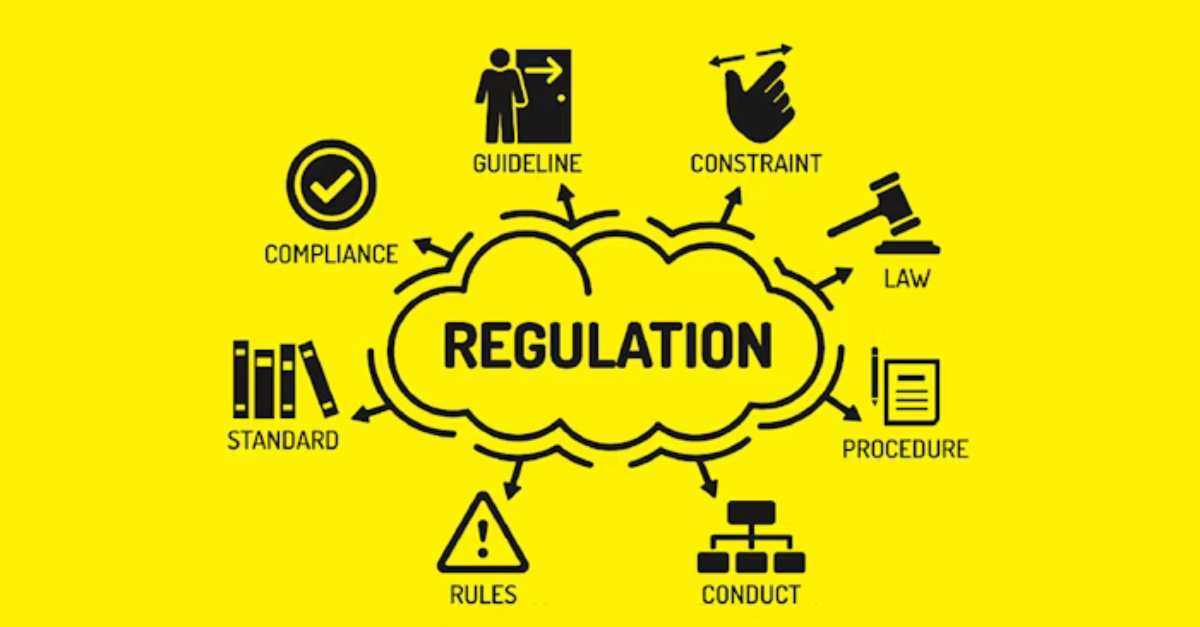
Transitioning to the Cloud Can Maximize Your Flexibility, Security and Financial Viability
The cloud is here. See why switching from on-premise to cloud-based solutions can bestow benefits including flexibility, security and financial ...
Solutions
Workplace Management Solutions
Real Estate Management Solutions
Maintenance Management Solutions
Energy Management Solutions
Engineering Document Management Solutions
Asset Management Solutions
Automate campus scheduling for classes, meetings, and exams with our EMS software.
Plan and manage conferences effortlessly with EMS software to impress guests and streamline operations.
Boost workplace flexibility and maximize space use with seamless desk and room booking.
Organize workplace or campus events smoothly, creating memorable experiences.
Optimize workspace, manage allocations efficiently, and reduce costs with our space management solutions.
Deliver projects on time and within budget by improving communication, collaboration, and efficiency with our software.
Streamline lease accounting for ASC 842, IFRS, and GASB compliance.
Manage leases efficiently by tracking key dates, analyzing costs, and ensuring compliance.
Centralize data and analytics for better insights, faster negotiations, and revenue growth.
Centralize facility and asset maintenance, automate work orders, and ensure compliance with our CMMS software.
Extend asset life, reduce downtime, and prevent costly repairs with data-driven monitoring.
Prevent equipment failures and extend asset life by detecting and addressing issues early.
Make sustainable, cost-efficient energy decisions by monitoring and optimizing power consumption.
Remotely monitor and control equipment with real-time data to predict issues, boost efficiency, and reduce downtime.
Easily share and collaborate on documents, creating a single source of truth for engineers and contractors.
Manage and analyze assets across their lifecycle to schedule maintenance, reduce downtime, and extend lifespan.
Improve visibility, automate work orders, and ensure compliance for efficient facility and asset management.
Resources
Browse our full library of resources all in one place, including webinars, whitepapers, podcast episodes, and more.
Support
Looking for access to technical support, best practices, helpful videos, or training tools? You’ve come to the right place.
About Accruent
Get the latest information on Accruent, our solutions, events, and the company at large.

The true story of an executive who found leases in a file cabinet — and then saved millions in capitalized rent while gaining favorability with the landlord.
Table of contents
By Mike Hammerslag
The upcoming FASB changes have firms searching for leases in the most unlikely places.
In this example, a real estate executive found leases in the file cabinet of his Chief Marketing Officer. After some investigation and analysis, they were able to save millions in capitalized rent and gain favorability with the landlord.
Senior management had tasked me with heading up our new lease accounting project, and as I had been with our firm for more than a decade, I felt confident about my understanding of our business processes. As I was nearing the end of my efforts to collect all the necessary lease data, I set meetings with a few of our firm’s key executives to find out how they managed their segment of the business.
I sat down with our Chief Marketing Officer. He said that while the Real Estate department handled all location leases, his group planned for the physical marketing at the location. This meant all that signage in the marketplace was leased – and upon drilling down – I found they had, on average, 10 signage leases per location that ran more than 12 months. He pointed to a long wall of filing cabinets and said,
“I’ve got all of the current, active leases in there – probably near 2,500.”
As I inventoried the collection of signage leases, I noticed that the first lease I pulled had an initial 5-year term, followed by four 5-year options. Upon further review, it became clear that we had executed three of the four options. Randomly selecting another nine leases, I saw that they, too, had an identical term structure and most of them had the same number of options executed. I wondered if this small sample was representative of the overall portfolio?
To answer this, we needed to investigate the existing (and expired) lease portfolio to determine the proper length of time to attribute to the “likely” lease period:
Here is what we determined:
|
Area |
Small Sample |
Average Options |
Normalized Options |
|
Northeast |
3 |
3 |
3 |
|
Southeast |
3 |
4 |
4 |
|
Central |
3 |
2 |
2 |
|
West |
3 |
2 |
1 |
|
Weighted Average |
3.00 |
2.76 |
2.51 |
Our Findings
Based on the research, we derived the following:
1. Terms
If we had used the Average Options calculations, we would have capitalized roughly 8% less than the Small Sample. However, using geography and time as variables (Normalized Options), we discovered a savings of over 16% for the “likely” lease period. (Calculations: 3.00-2.51 = .49/3.00 = .163)
This finding significantly increased the savings to our anticipated $100M in capitalized rent:
|
Anticipated Add to Balance Sheet |
Percentage Savings |
Dollar Savings |
|
$100M |
16% |
$16M |
2. Rent
Since we had routinely executed the first option, we decided to change our overall leasing strategy to an initial 10-year period followed by three (instead of four) option periods. With the extended base-term length, which lessened the risk to the landlord, we negotiated a reduction in the base rent over the initial 10-year period.
As you begin to collect your leases, it’s best to put together a team to assist in the investigation of their location across the company. We also found that tackling the new financial regulations required new analysis, but done correctly – we discovered a 16% savings to our anticipated capitalized rent and were able to negotiate a reduction in base rent.
As leaders in FASB-compliant lease accounting software, Accruent can be your trusted partner to ensure you’re enabled for better decision making. Contact us today to learn more.
The cloud is here. See why switching from on-premise to cloud-based solutions can bestow benefits including flexibility, security and financial ...
Learn about the importance of digital evolution in the wake of the pandemic, and how healthcare organizations are transforming through the cloud.
What are Accruent employees up to when they're not in the office? Learn how one group got together to build all the walls of a home for a charitable ...
Subscribe to stay up to date with our latest news, resources and best practices.
* To unsubscribe at any time, please use the “Unsubscribe” link included in the footer of our emails.